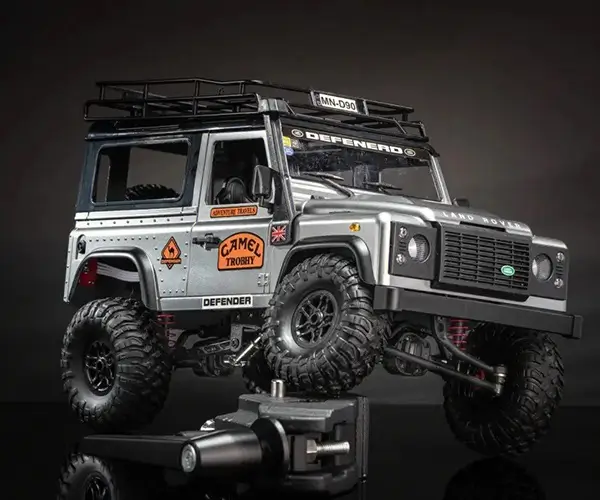In the world of automation, robotics, and mechanical precision, servo motors stand out as the unsung heroes powering countless devices and systems. From precision robotic arms assembling intricate electronics to high-speed CNC machines carving precise designs, servo motors are fundamental. However, amid their many specifications—such as speed, torque, power rating—the weight capacity of a servo motor often sparks curiosity and sometimes confusion.

Understanding what "servo motor weight capacity" actually entails can profoundly influence how you design, select, and utilize these powerful components. It’s not just about knowing how much a motor can carry—although that is part of it—but about comprehending how the motor's capabilities align with your application's demands, longevity, and safety margins.
Let’s delve into the essence of weight capacity and why it matters so much in practical terms. When engineers or hobbyists talk about this parameter, they are referring primarily to the maximum load the servo can handle without compromising performance or risking damage. This includes not only the physical weight the servo's shaft or attached arm can support but also the dynamic forces that come into play during movement.
Imagine building a robotic arm for picking and placing objects. If the servo motor selected has a weight capacity far below the weight of the objects it needs to handle, the system will be strained, possibly leading to sluggish movement, inaccuracies, or even the motor burning out prematurely. Conversely, opting for a motor with an excessively high capacity when unnecessary can result in increased costs and unnecessary energy consumption.
But, the story isn't just about static weight limits. The efficiency and lifespan of a servo motor are impacted by load conditions—how it handles maximum stress, the repetitive nature of tasks, and operating environments. This is where the concepts of "rated load," "peak load," and "continuous load" come into play.
Rated Load vs. Peak Load The rated load is the maximum weight the servo can handle continuously without overheating or experiencing wear beyond acceptable limits. Peak load, on the other hand, refers to the maximum weight it can handle for a short burst, such as during acceleration or sudden movement.
Impact of Load on Performance When a motor is overloaded—meaning the load exceeds its capacity—several issues can arise. The motor may draw more current, generate excess heat, and experience increased wear. Over time, this reduces its lifespan, and in worst cases, can cause catastrophic failure.
Choosing the Right Weight Capacity For most applications, matching the load to a servo motor’s rated capacity is vital. But how can you determine what's right? Many factors influence this decision: the weight and dimensions of the object, the leverage or arm length, the speed of movement, and the frequency of operation.
For instance, a lightweight robotic arm used infrequently for light tasks might comfortably operate with a servo that has a moderate weight capacity. However, industrial systems performing heavy-duty work require motors with much higher load ratings, often with safety margins to account for unexpected stresses or operational wear.
Balance Is Key While selecting a motor with a higher weight capacity than necessary might seem like a safe bet, it’s not always the best strategy. Overpowering a system can lead to inefficient energy use, increased cost, and potential mechanical strain elsewhere in the design.
So, how do engineers strike this balance? The answer lies in understanding the specific requirements of your project and matching them closely with the servo motor’s specifications. A detailed analysis of the load, dynamic forces, and operational environment guides optimal motor choice, avoiding over- or under-specifying.
Real-World Examples Take a small-scale drone with a camera gimbal—here, the servo motor’s weight capacity might be just a few grams, emphasizing smooth, silent operation rather than brute force. Contrastingly, an automotive robotic welding arm must handle dozens to hundreds of kilograms safely and reliably.
In the next section, we will explore how various factors influence servo motor weight capacity and practical tips to select the right servo for your needs. We will also look into emerging technologies that enhance load handling capabilities and how to future-proof your projects.
Please confirm if you'd like me to proceed with Part 2 or if you'd like any adjustments or added details in this first half!
Leveraging innovations in modular drive technology, Kpower integrates high-performance motors, precision reducers, and multi-protocol control systems to provide efficient and customized smart drive system solutions.




































